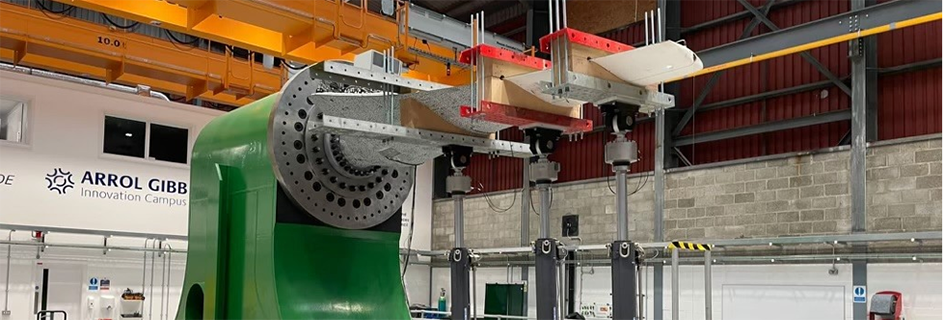Post date:
Co-design to deliver Scalable Tidal Stream Energy (CoTide) will bring together three multi-disciplinary teams from the universities of Oxford, Edinburgh and Strathclyde.
Backed by a £7 million investment from the Engineering and Physical Sciences Research Council (EPSRC), the project will address key challenges that are currently preventing the tidal energy sector from reaching its full potential. The group will work to make renewable energy generation from ocean tides cheaper, more reliable and scalable.
Achieving the UK’s target to reach net zero by 2050 requires the decarbonisation of our energy supplies and a huge expansion of renewable energy generation from the current 50GW to 120-300GW.
The powerful tides that surround the UK remain underutilised but have significant potential as a source of greener power that could make a meaningful contribution to this goal. Unlike the wind and the sun, tides ebb and flow at predictable times each day, and so have the advantage that they can provide power that is both renewable and reliable, enabling more resilient energy networks.
The Edinburgh team comprises Professor Conchúr Ó Brádaigh, Professor Dilum Fernando, Dr Brian Sellar, Dr Athanasios Angeloudis, Dr Dipa Roy and Dr Eddie McCarthy.
Professor Conchúr Ó Brádaigh, Head of School for the University of Edinburgh’s School of Engineering, said:
“University of Edinburgh’s participation in the CoTide project will involve our world-leading facilities in tidal blade and device testing, FastBlade and Flowave, as well as our environmental modelling and composite materials/circular economy researchers. We are excited to be collaborating with our colleagues at Oxford and Strathclyde as we seek to develop open-source, experimentally verified software to enable the tidal stream industry to scale up its devices while reducing the cost of renewable electricity generated.
“School of Engineering researchers will lead the CoTide work package on Composites & Rotor Materials as well as making significant contributions to other work packages on Device Hydrodynamics, Metocean, Resource & Environment and in Co-design & Optimisation. We will seek to find answers as to how to achieve scalability of tidal stream energy on the 2030 (100MW) and 2040 (>1GW) time scales, to embed the concepts of whole system thinking in design processes and to ensure that tidal energy innovation is sustainable and responsible.”
- FastBlade facility
- FloWave facility
- Co-Tide website



